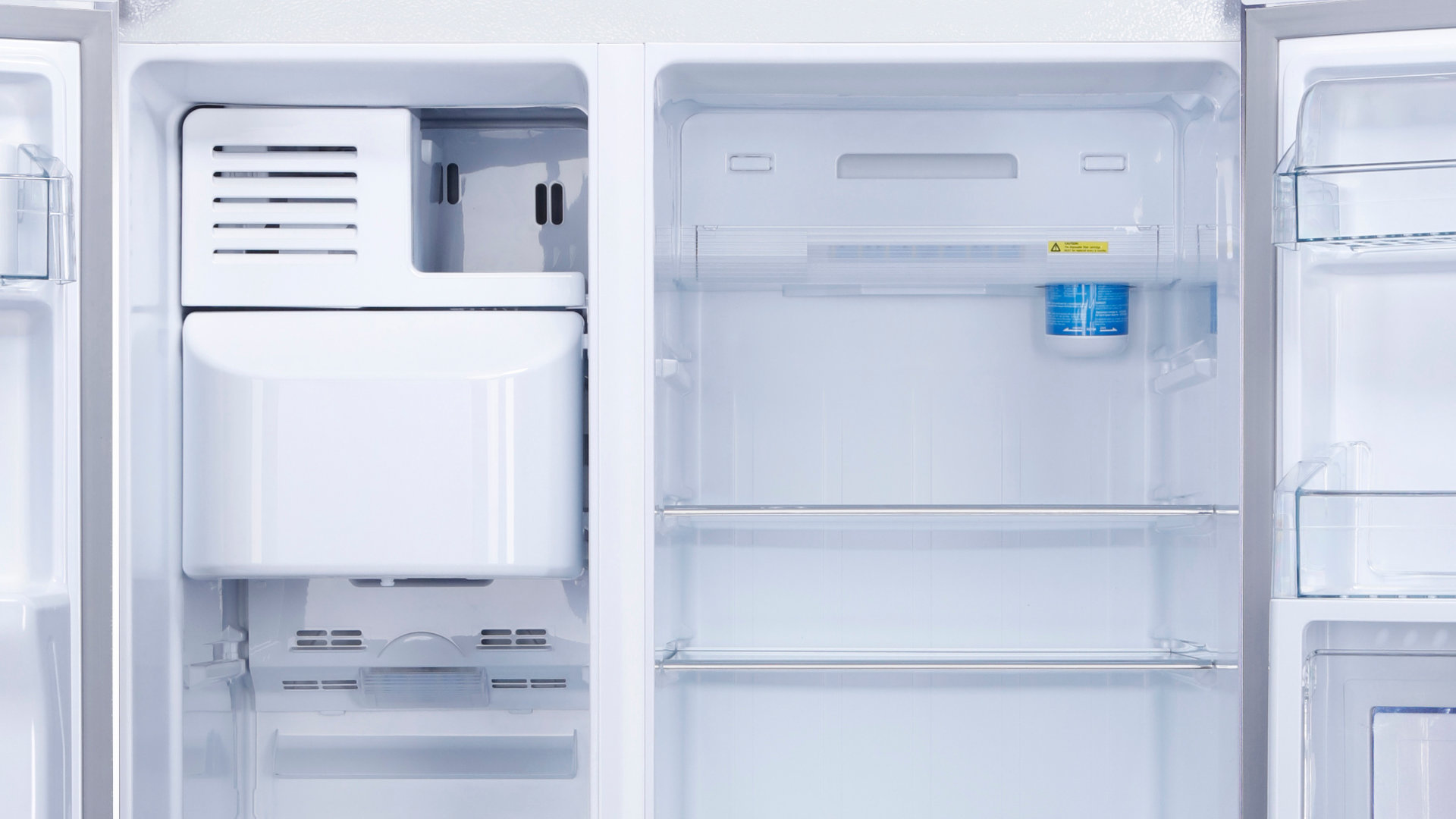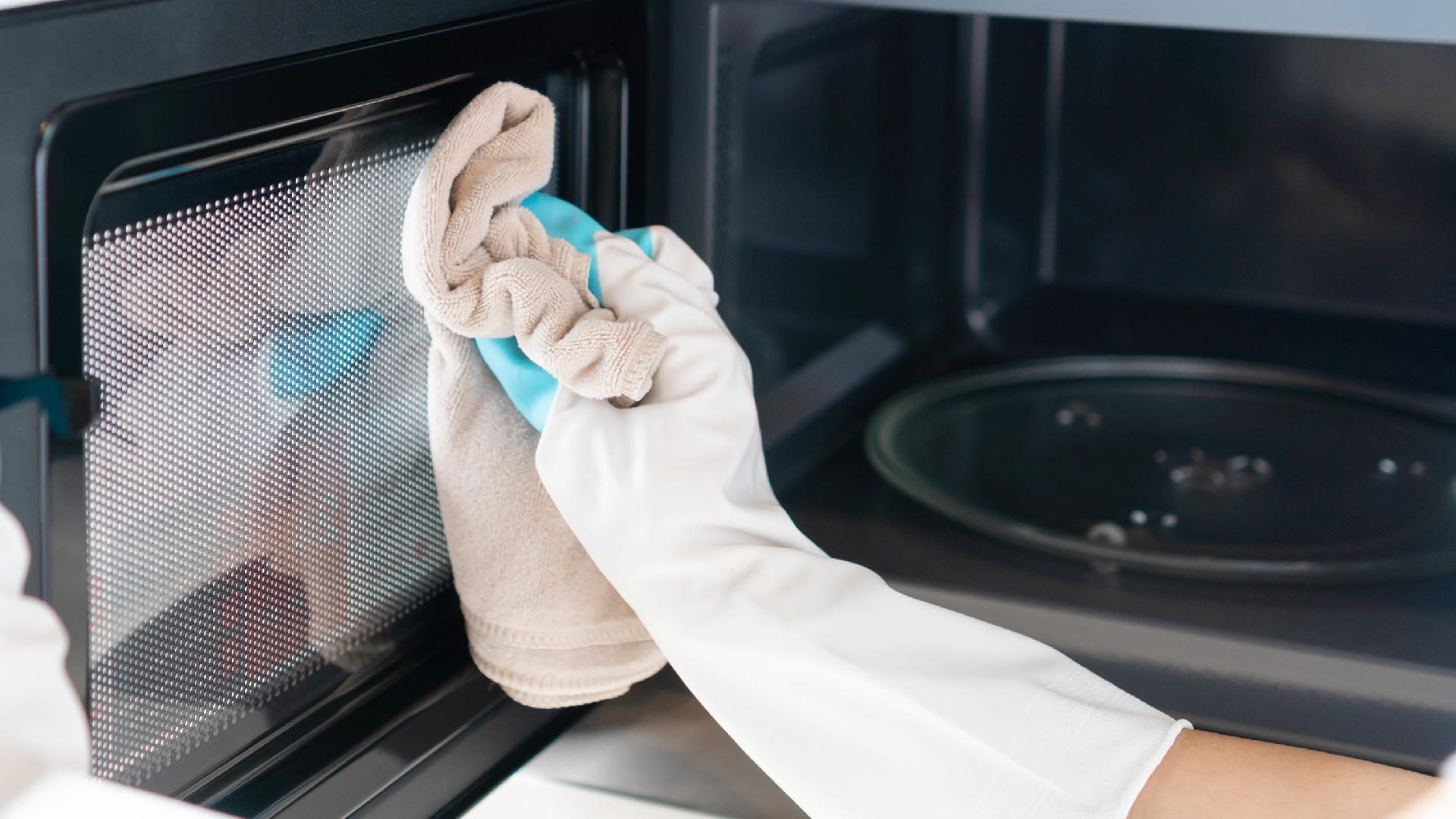
Microwaves have become a staple in most people’s kitchens. Often it is not until the microwave stops working that you realize just how convenient and useful it is. If your microwave has stopped working, you may be able to fix it yourself; however, because of the risk of electrocution, it is often better to call a trained professional. This guide describes what can cause the issue, with instructions, so that you can decide what you can fix and which repairs will require a trained professional.
Most Repairs Require:
- A flat-edge screwdriver
- A Phillips-head screwdriver
- A multimeter
- A replacement part
Safety Warning
Due to the very high voltage and high current that microwave ovens require, the risk of electrocution is high when repairing the appliance. The high voltage capacitor inside the microwave can store a lethal amount of electricity, even after the microwave has been disconnected from the power for several months. To safely access electrical components in the microwave, the capacitor must be discharged.
The capacitor can be discharged by touching both the positive and negative terminals of the capacitor with a metal screwdriver blade. Precautions must be taken to insulate yourself against electrocution. A screwdriver with a rubber handle, or needle-nose pliers with rubber handles, could also be used to discharge the capacitor. If you are unsure, you should leave it to a trained professional.
1. Blown Main Fuse
The most common cause of a microwave not working is that the main fuse has blown. The fuse will often blow because of a power fluctuation or a defective door switch. It can also blow because another part, like the magnetron or capacitor, is defective. It is important to find the cause of the blown fuse, as a new fuse will likely blow again if the issue is not resolved. Apart from the safety concerns, microwave fuses are relatively easy to install and inexpensive to replace.
Microwave fuses can be tested with a multimeter for continuity (a continuous electrical path present in the fuse). If the fuse tests negative for continuity, it will need to be replaced. When replacing microwave fuses, ensure that the replacement fuse matches the specifications of the old fuse, as the wrong fuse will blow again as soon as you try to use the microwave.
The main fuse is usually located near the power cord but can depend on the make and model of the microwave. Refer to your microwave’s manual and/or wiring diagram for the location of the fuse. Make sure to follow the above safety warning before accessing the microwave.
To test and replace the fuse:
- Disconnect the microwave from the power source.
- Remove the relevant access panel. Depending on the make and model, you may need to unscrew the control panel or microwave frame. If you need to disconnect any wires; note how the wires are connected so that they can be reconnected when reassembling the microwave.
- Unscrew or unclip the fuse and remove it from the microwave.
- Test the fuse with a multimeter for continuity.
- If defective, replace the fuse with a new one that matches the fuse you removed.
- Reassemble the microwave and restore the power.
2. Defective Door Switch
For safety, the microwave will not operate if the door is not closed. Microwave ovens typically have three or four door switches that cut off the power to the microwave if the door is not closed properly. Sometimes, a door switch will fail, usually due to wear and tear or because it is stuck. If a door switch has failed, the microwave will not work.
Door switches can be tested with a multimeter for continuity to determine if they need to be replaced. Make sure to follow the safety warning above before accessing the microwave.
To check and replace a door switch:
- Unplug the microwave from the power source.
- Unscrew the grille and/or control panel.
- Remove the switch assembly mounting screws.
- Depress the release tab and the actuator to the switch you are replacing.
- Disconnect the wire connector and remove the switch from the microwave.
- Test the door switch with a multimeter for continuity.
- Replace a defective door switch.
3. Other Fuses
Microwaves also contain thermal fuses, cavity fuses, and thermoprotectors, which are designed to cut off the power to the microwave if the appliance overheats. Like the main fuse, these fuses will need to be replaced if they have blown. It is also important to resolve the issue that caused the fuse to blow. A multimeter can again be used to test the fuses for continuity. Follow the main fuse instructions above to access, test, and replace other microwave fuses.
4. Door Latch Assembly
Like the door switch, if the microwave door is failing to latch, the microwave may not start. Most microwaves have two plastic hooks that engage with the door switch to close the microwave door and signal that the microwave is safe to begin heating. It is also common for the door latch assembly to feature a spring to keep tension on the door latch. If the spring is loose and not providing tension, the microwave door will likely fail to close properly, and the microwave will not work.
To check and replace the door latch:
- To be safe, disconnect the power to the microwave.
- Open the microwave door and remove the plastic trim panel that runs around the inner lip of the microwave window and over the door latch assembly. On most microwaves, the trim panel is held on by clips. The panel can be unclipped by using a flat-edge screwdriver to get behind the panel and wedge it off. Be careful not to break the plastic. If you can access the door latch assembly, you may not need to take the whole panel off.
- Check the door latch assembly for signs of wear, cracking, discoloration, or damage. If there is damage to the door latch assembly, it will likely need to be replaced to get the microwave working again.
- Check the door latch assembly spring to see if a tab that the spring hooks onto has broken, causing the spring to lose tension. If a tab has broken, see if there is another tab that the spring can be hooked onto to restore tension in the spring. If you are unable to reset the spring, the door latch assembly will need to be replaced.
- If you need to remove the door latch assembly, take note of how the assembly is secured to the microwave door so that it is easier to replace it.
5. Main Control Board
If the above causes have not caused the microwave to stop working, you may have a defective main control board. However, this issue is uncommon. Control boards can be difficult to test but can be examined for corrosion and loose wires. If you suspect the control board is causing the issue, you will likely need to contact a trained professional, and the control board will likely need to be replaced.
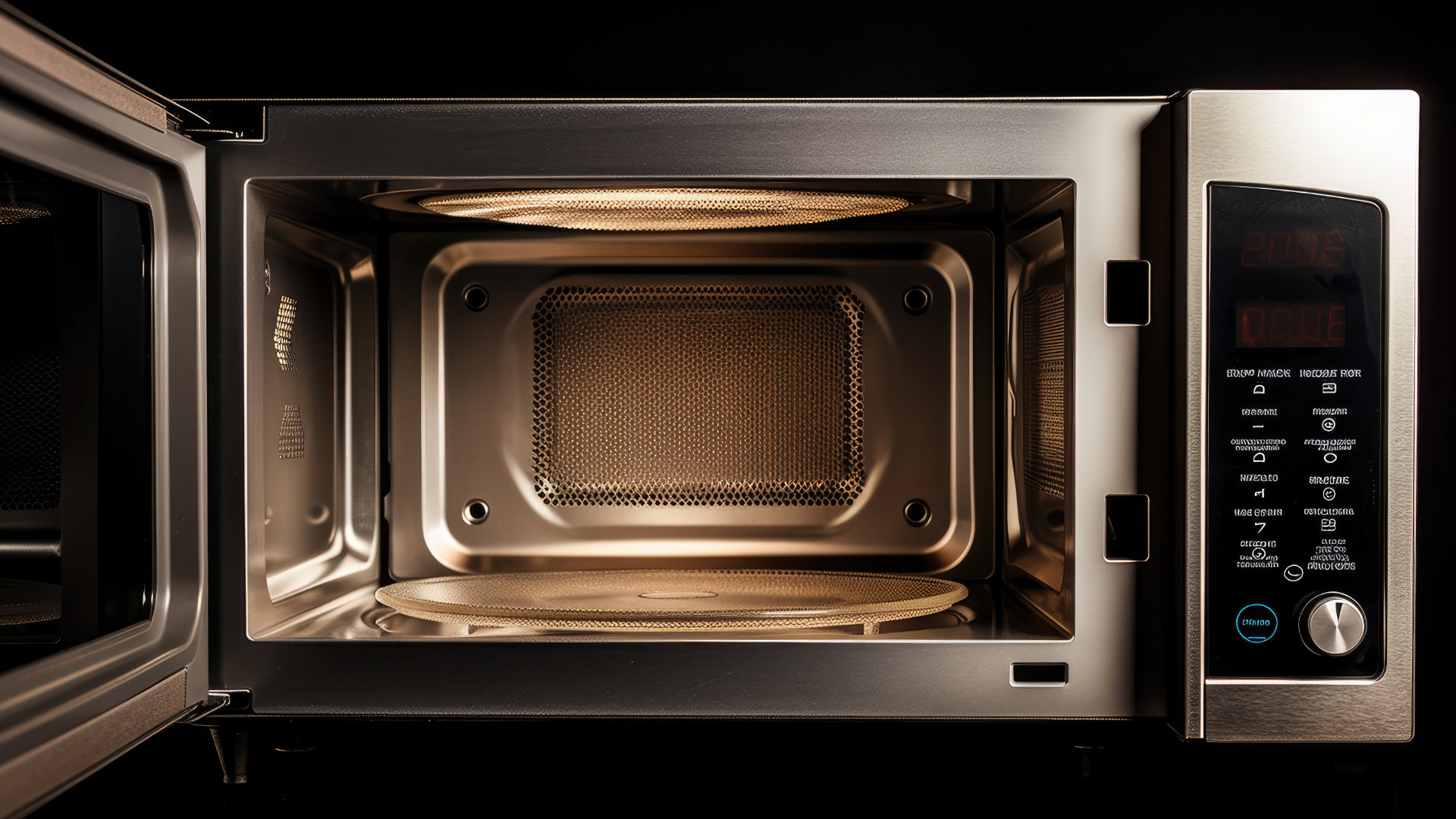
Eliminate the Burning Smell From Your Microwave
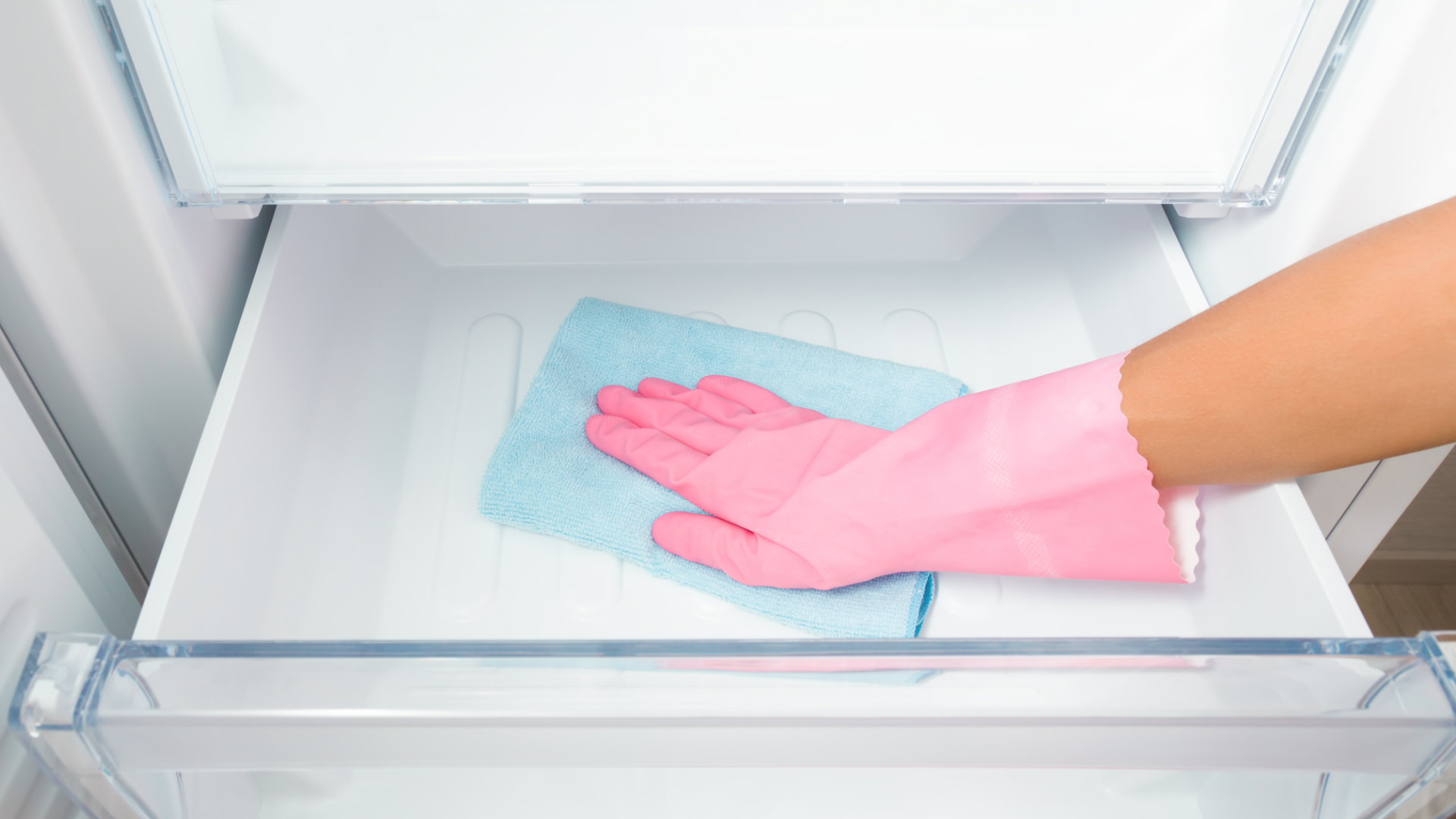
Fixing a Samsung Freezer That Won’t Freeze

Whirlpool Oven Won’t Heat: Here’s What To Do
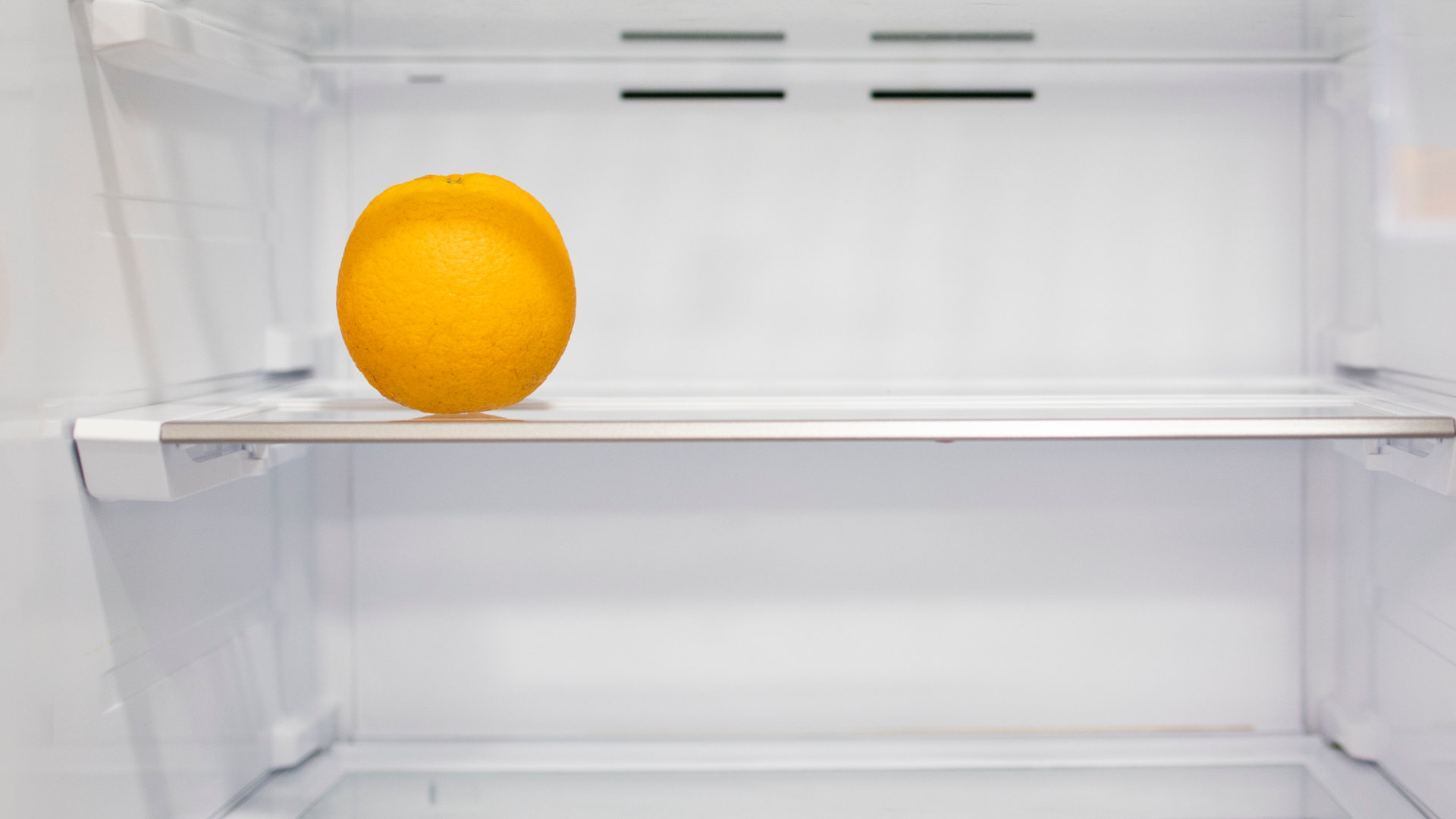
Easy Steps to Clean Your Refrigerator Coils
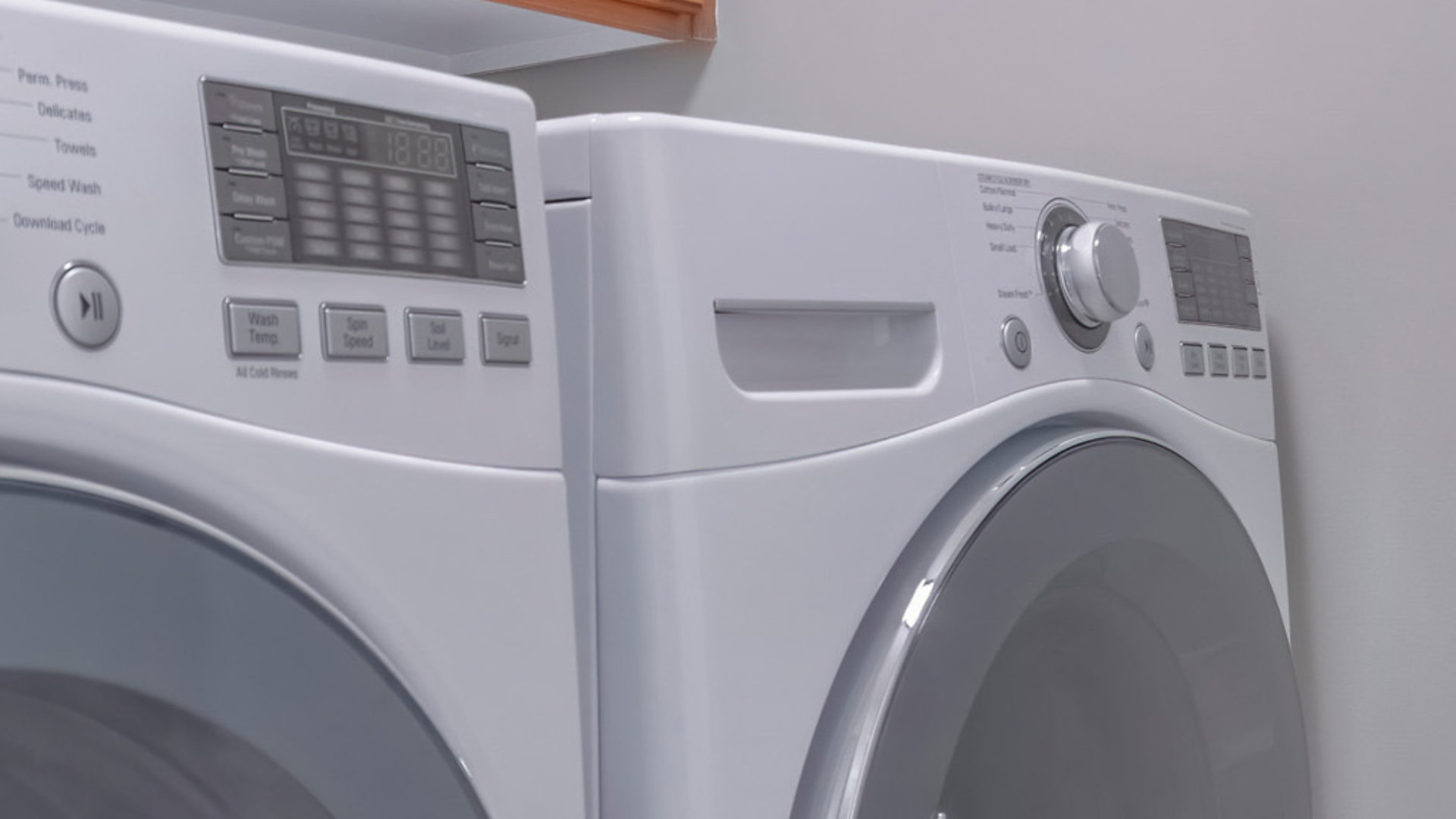
Quick Fixes for an LG Dryer Not Heating
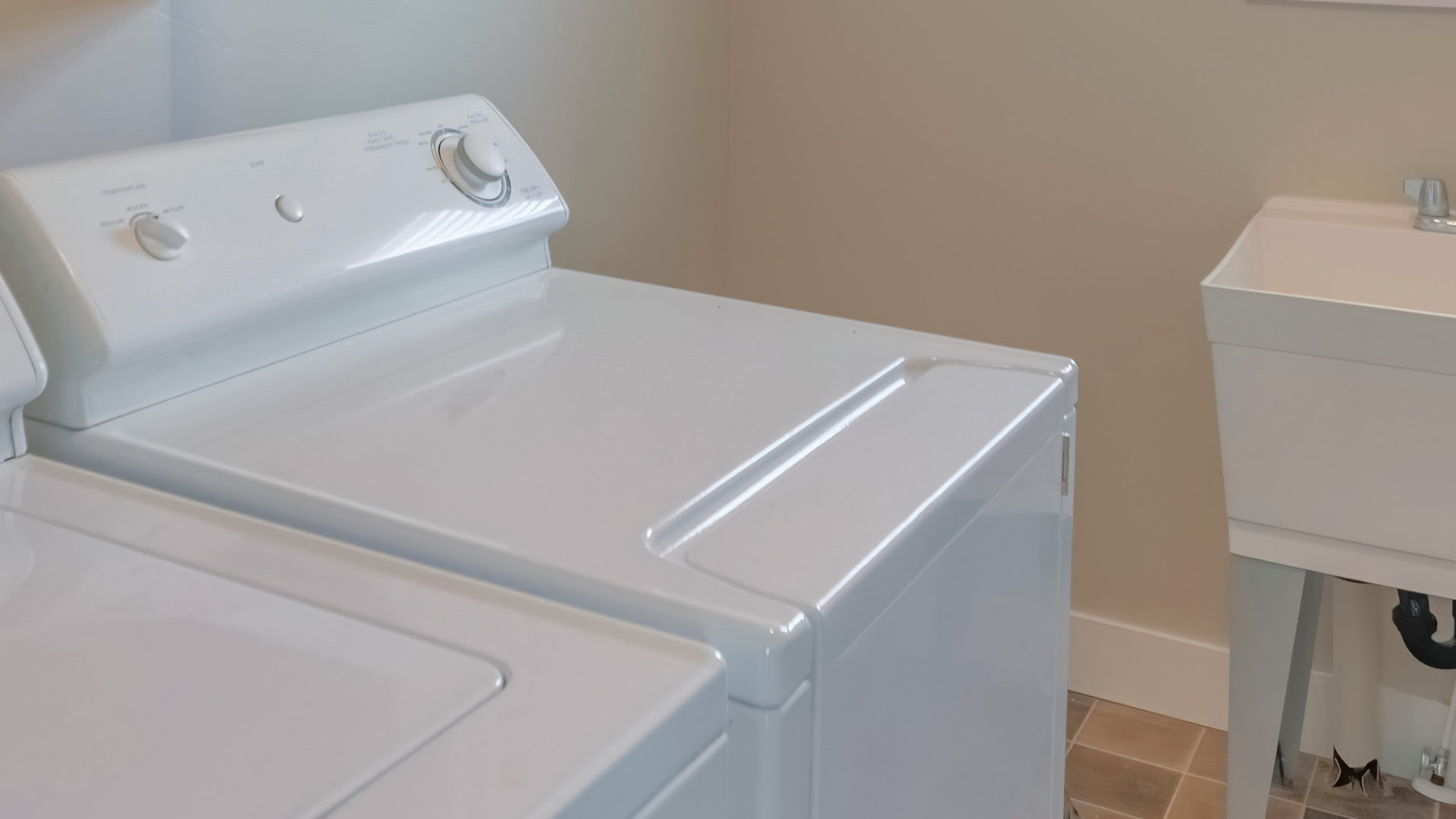
How to Fix an Electrolux Dryer That’s Not Drying

Why Is Your Whirlpool Washer Lock Light Flashing?
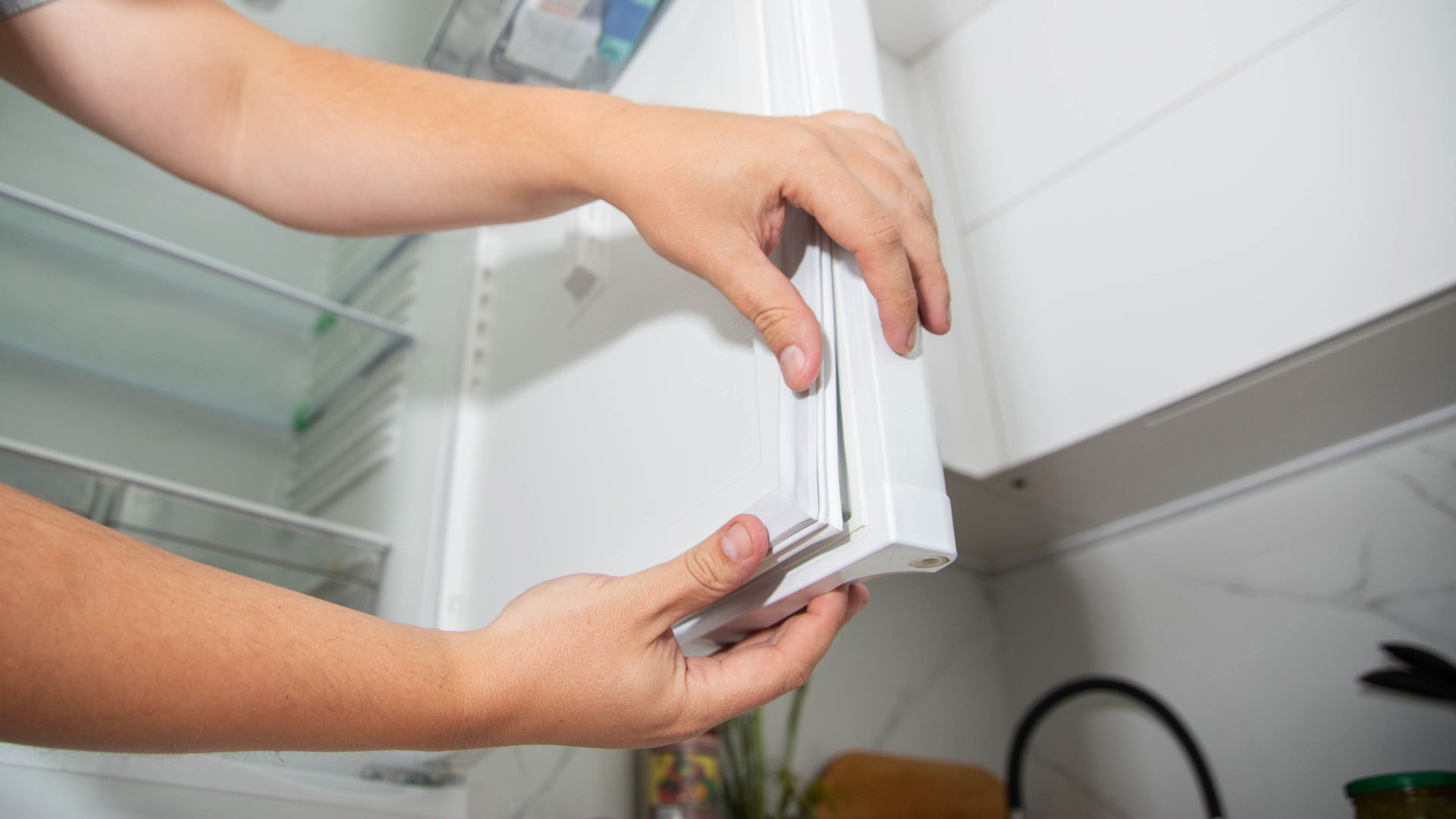
Why Is Your Freezer Door Not Sealing?
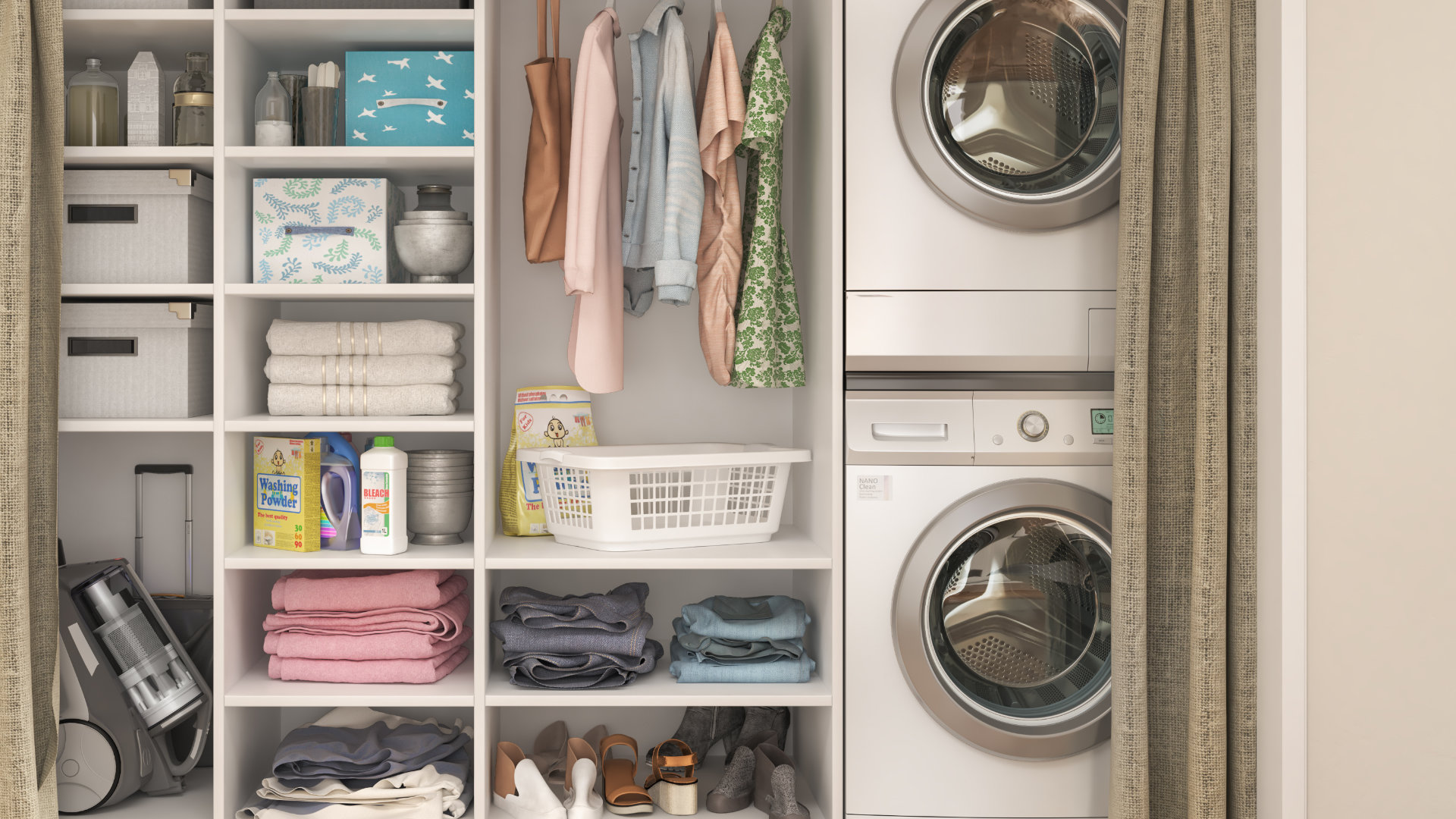
How Does a Ventless Dryer Work?
